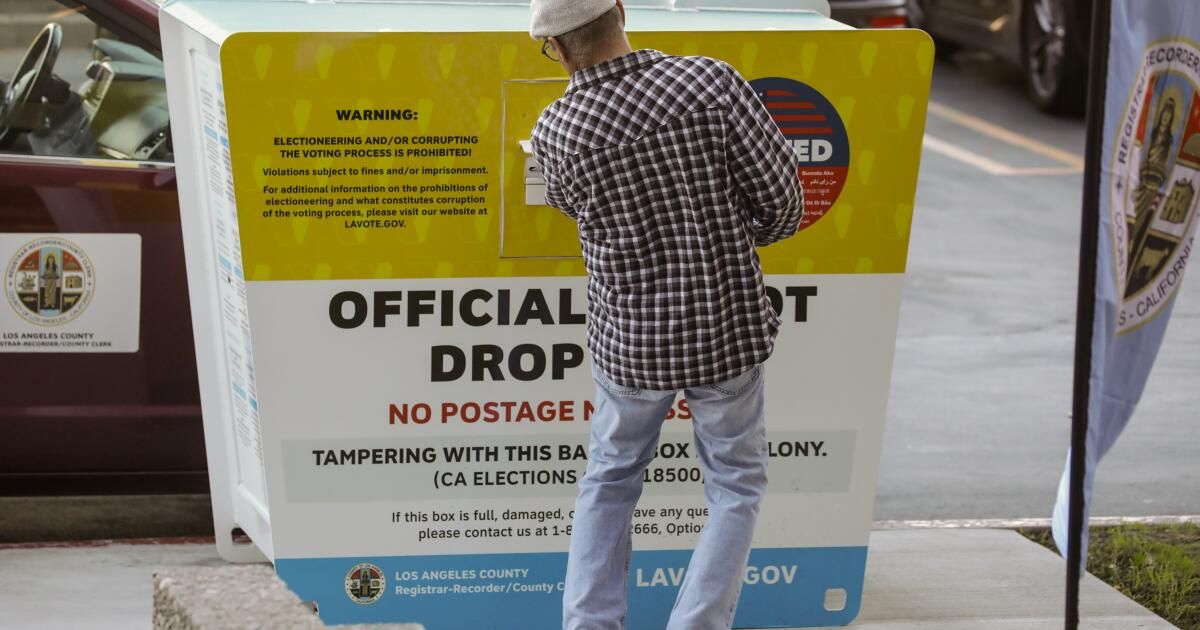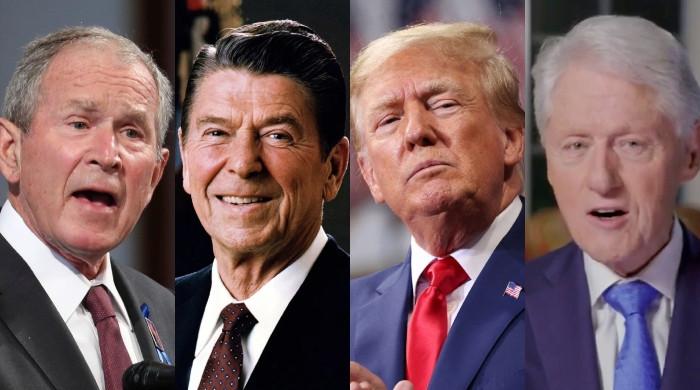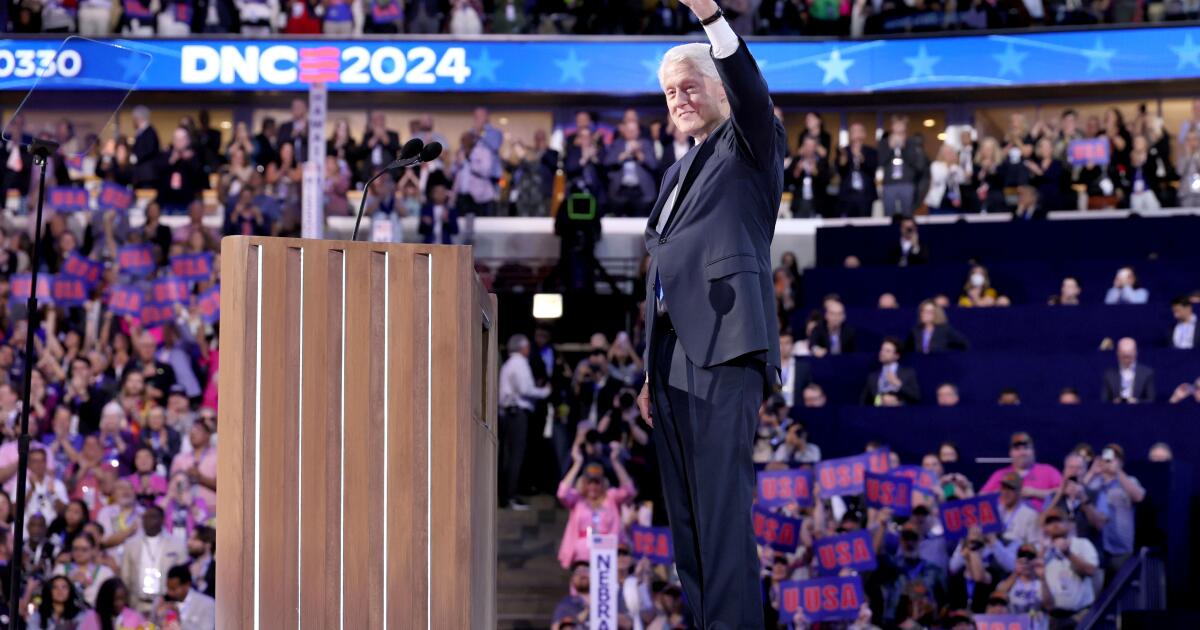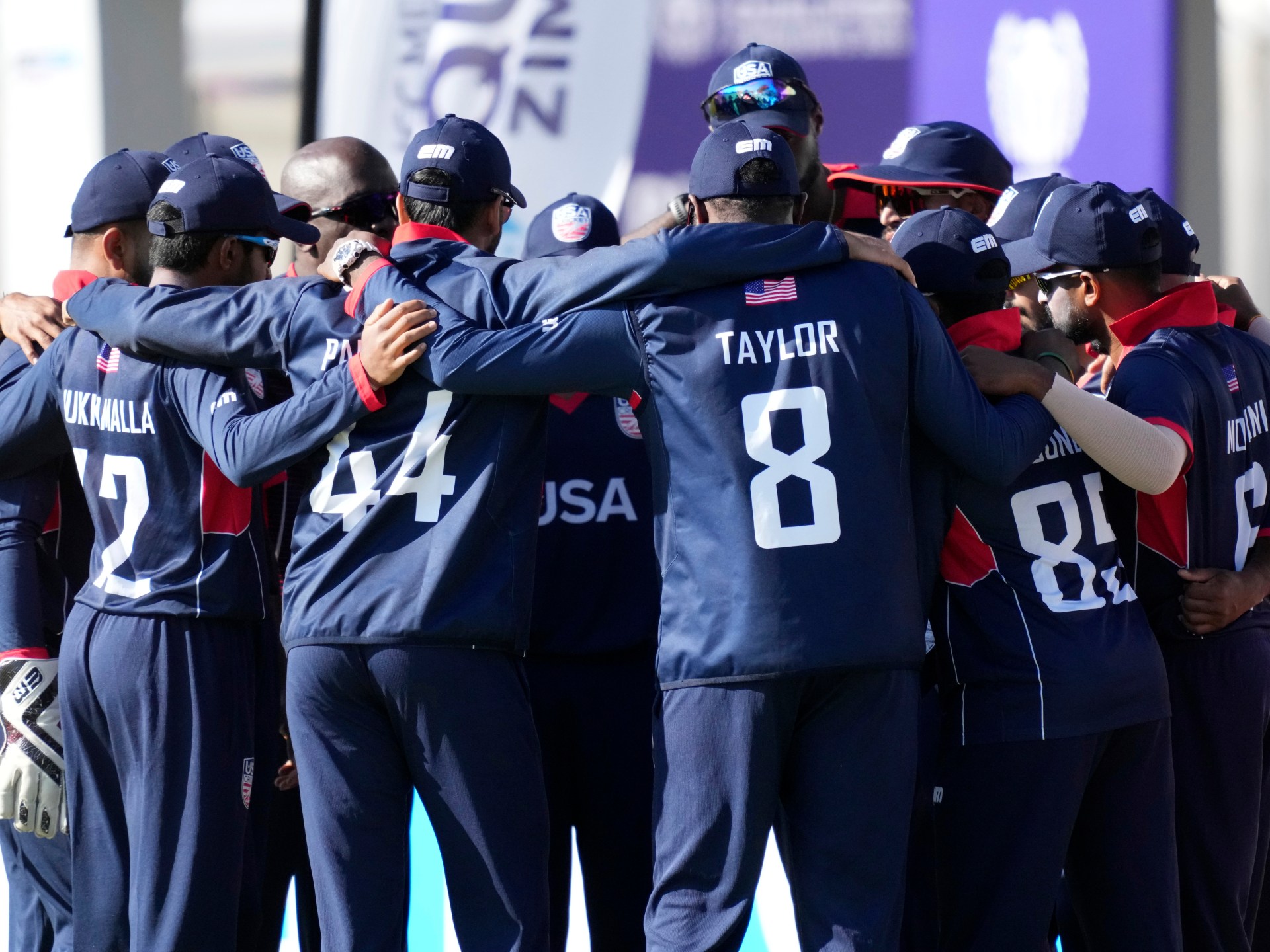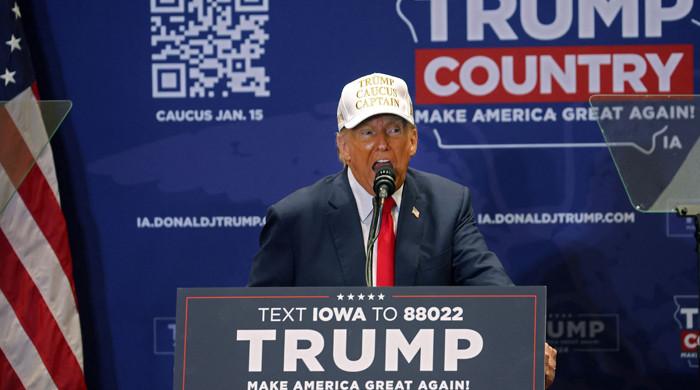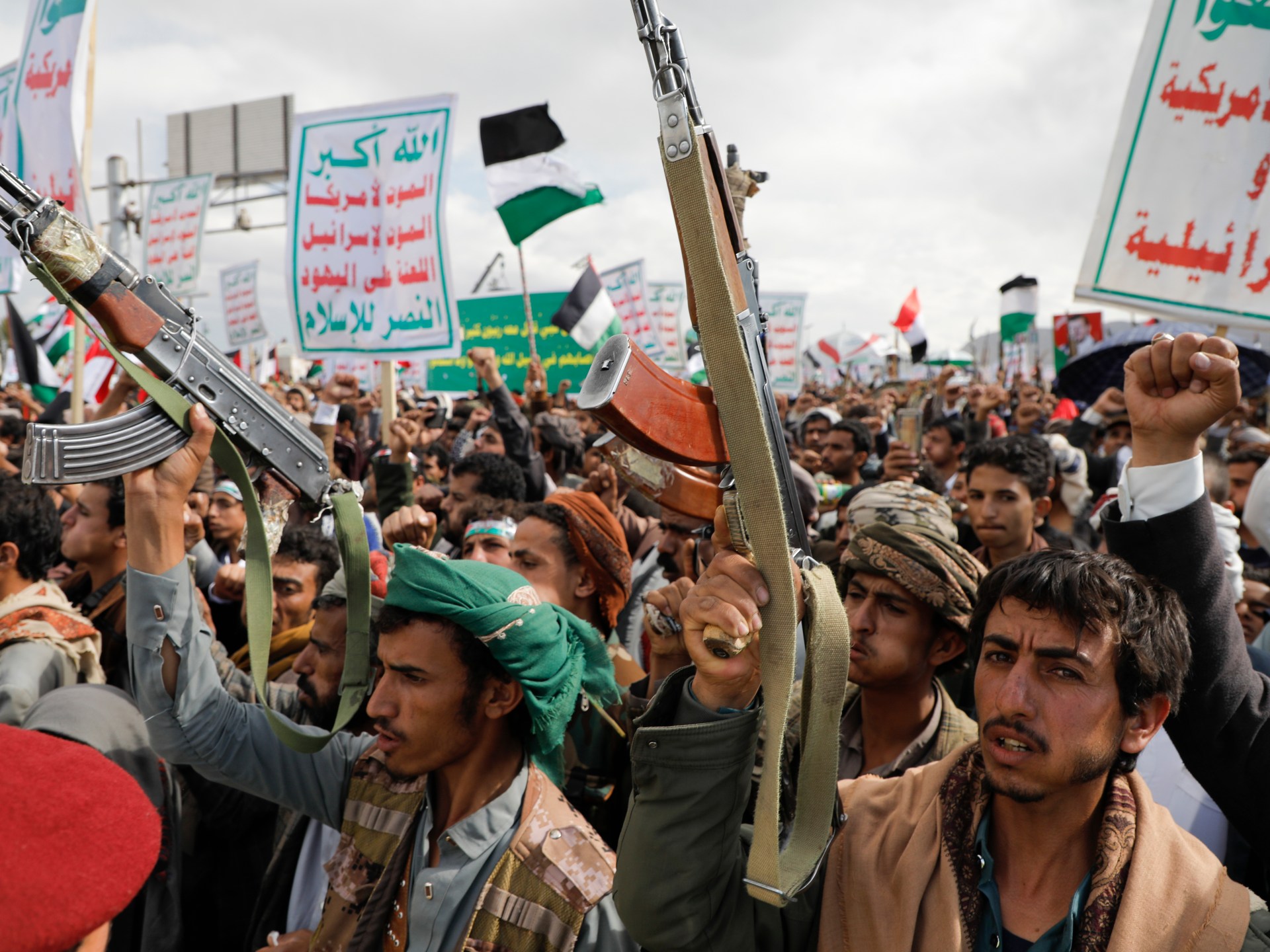When it came time to choose how to vote in the March primary, Californians had it right.
The state mailed a ballot to every registered voter a month before the election. Citizens could vote by mail or cast their ballot in secure and easily accessible ballot boxes. And voting centers opened weeks before Election Day.
These options make California one of the easiest states to vote in and are part of a growing trend of states expanding early voting opportunities, according to a study released Tuesday by the Center for Election Research and Innovation. It found that 97% of people who are of voting age this year will have some chance to vote in person before Election Day.
Most states don't offer as many options as California, but across the ideological divide, voters in both red and blue states have more options than they did 10 or 20 years ago, the study found.
In 2000, only 40% of the voting-age population (in 24 states) could vote early in person. In 2024, 46 states will offer early in-person voting and 36 will offer the option to vote by mail without having to cite a reason. The increase is notable given former President Trump's persistent false attacks on the integrity of mail-in voting.
Only four states (Alabama, Mississippi, Delaware and New Hampshire) do not have the option of early in-person voting, and all require an excuse to vote by mail.
Voter turnout has increased over the same period, but at a much slower rate and unevenly. That slower growth, the researchers said, showed that simply giving citizens more time to vote did not necessarily mean that more of them did so.
The shift toward broader implementation of early voting began long before the COVID-19 pandemic, but fears about the spread of the virus accelerated the trend, and many states made the new options permanent.
“It's truly remarkable to see bipartisan adoption of procedures that benefit voters and promote election integrity, especially since so much of the narrative now revolves around the differences between the parties and how they are at war over election policies and procedures.” David said. Becker, executive director of the Center for Electoral Research and Innovation. “This is one area where we're not seeing that and it benefits all voters and overall election integrity.”
As these options increased, the study found, the number of votes cast before Election Day also increased, reaching a high in 2020 of 69%. The study's authors expect the share of early votes in 2024 to decline from that pandemic high, but predicted it would still exceed 40% of votes cast in 2016.
That's well above the 14% of votes cast nationally before Election Day 2000.
Becker and the study authors said early voting serves as a tool against misinformation about candidates and how to vote, among other benefits. Simply having more time, Becker said, allows voters to make more informed decisions about candidates and sift through the avalanche of information that often overwhelms voters in the run-up to elections.
Despite new options, election activists and researchers have identified practices that can hold voters back. A number of barriers, including the requirement to have a photo ID and the removal of names from voter rolls, have increased in recent years in some states.
Newsletter
Receive our Essential Politics newsletter
The latest news, analysis and insights from our political team.
You may occasionally receive promotional content from the Los Angeles Times.
There is ample evidence to suggest that misinformation and other barriers to voting make people less likely to vote.
In the end, broader access to early voting options does not guarantee greater turnout, Becker said.
“There is very little evidence to suggest that the ease of voting is the only lever that fixes voter turnout one way or another,” he said, adding that turnout has not increased steadily over the past two decades at a pace that matches the expansion of early voting. .
He noted that the highest turnout in the United States since 1900 (about 66% of the voting population in 2020) occurred during a global pandemic.
Participation in presidential elections increased from 54% of voting-age citizens in 2000. to 60% in 2016.
Still, early voting “is an important reform because voters respond to it,” Becker said. “They like having these options.”

